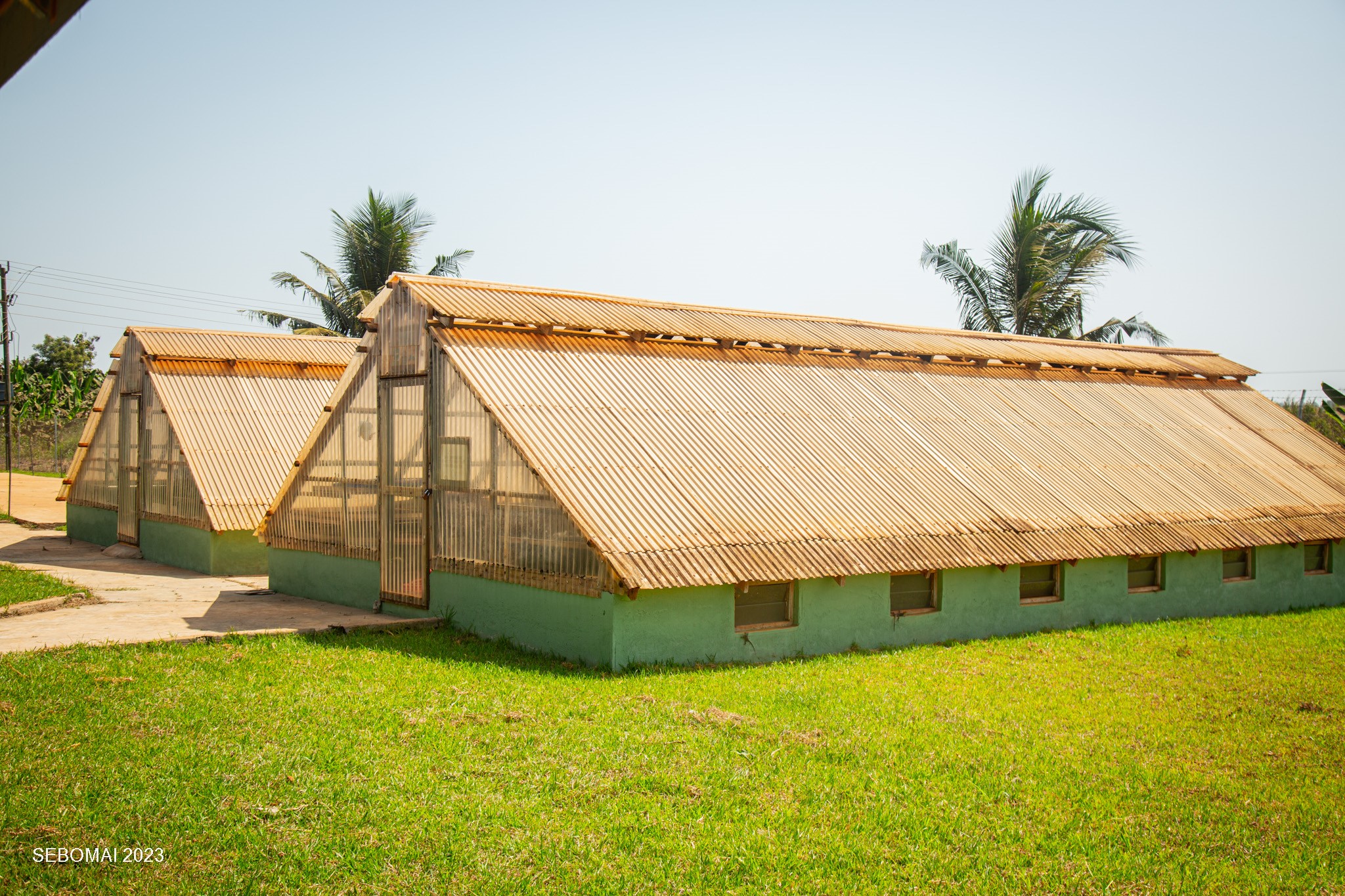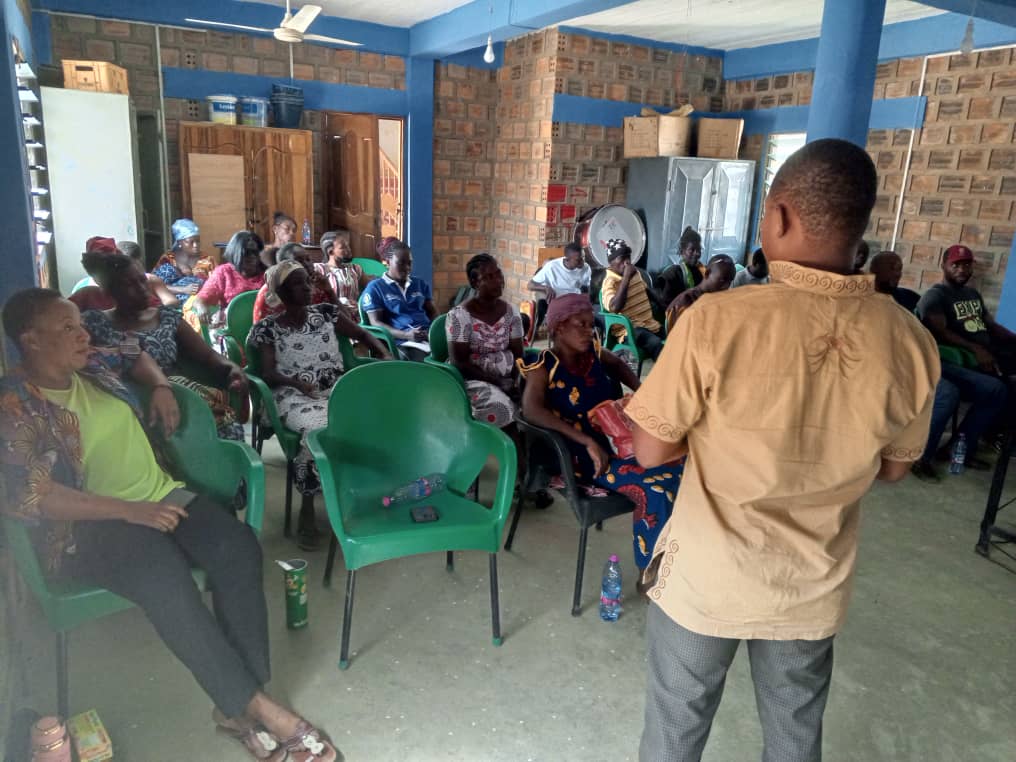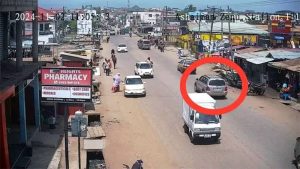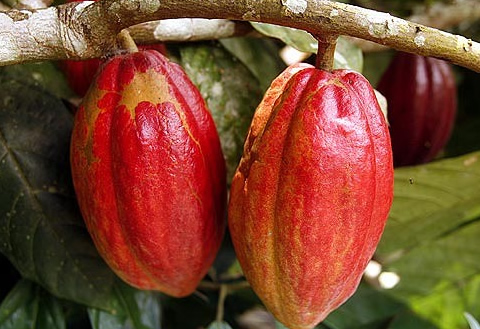
By Rafiq Nungor ADAM
The Lambussie District Director of Agriculture, Nambie Nathaniel, has reported that a severe dry spell has affected 9,855 farmers in the Upper West Region – with 4,600 women farmers among those affected.
The Lambussie District Director of Agriculture revealed this during a press briefing organised by the Centre for Indigenous Knowledge and Organisational Development (CIKOD), a non-governmental organisation. The briefing aimed to raise awareness among the public, policymakers and stakeholders about the the dry spell’s severe impact in Upper West Region, urging swift action from government and development partners.
Additionally, the event highlighted the significance of adopting agro ecology practices to mitigate effects of such climate-related challenges.
DATA FROM LAMBUSSIE DISTRICT
| Commodities | Hectares (Ha) | Total Farmers affected | Districts affected | ||
| Crop affected | Total Area cultivated | Total Area affected | Male | Female | |
| Maize | 10,000 | 7000 | 2000 | 500 | Lambussie |
| Rice | 900 | 200 | 150 | Lambussie | |
| Soybean | 2000 | 1300 | 500 | 1050 | Lambussie |
| Groundnut | 6000 | 2000 | 800 | 2000 | Lambussie |
| Yam | 80 | 60 | 255 | – | Lambussie |
| Millet | 1000 | 800 | 500 | 100 | Lambussie |
| sorghum | 9000 | 6000 | 1000 | 800 | Lambussie |
| TOTAL | 5,255 | 4,600 | |||
Nambie Nathaniel described the dry spell’s devastating impact on crop germination from the district’s perspective.
“The dry spell has affected crop germination badly across the district, with so many fields of various crops recording as low as between 20-50% germination across the district. The most affected crops include sorghum, soybeans, groundnuts and yam. The situation is quite worrying as there is a looming danger of food insecurity in the district come next harvest season, because yields are likely to be extremely low.”
Similar to the situation in Nandom municipality, Gatten Baligi, district director of Agriculture, observed that of a total cropped 21,040 acres area, 58% has been severely impacted by dry-spell conditions
“Drought conditions in the district have severely impacted agriculture, affecting both crop yield potential and overall food security. The district has a total cropped area of 21,040 acres, of which 58% has been severely affected by drought conditions.
This has resulted in 82% of affected crop area reaching the permanent wilting point, making recovery unlikely. Only 18% of the drought-stressed crops are recovering from their temporary wilting point, indicating a partial but limited recovery potential.”
Baligi revealed that maize, a crop highly sensitive to water stress, was impacted by the dry spell with a staggering 85% of its crops affected.
“The drought’s impact was particularly pronounced during critical growth stages of key crops such as maize, sorghum, rice, groundnuts and soybeans. During the dry spells, a significant portion of these crops were in their tasselling, flowering or podding stages, which are crucial for determining final yield.
“Maize, which is highly sensitive to water stress, saw 85 percent of its crops affected during both vegetative and tasselling stages. Sorghum, another staple, was similarly affected with 72 percent of the crops experiencing stress at these critical stages.
Groundnuts and soybeans, though more resilient, were also impacted – with 13 percent and 10 percent of their crops respectively experiencing drought stress during vegetative growth and reproductive stages.”
Deputy Executive Director-CIKOD, Banuoku F. Daniel, recommends that the country should move away from rain-fed agriculture to irrigation.
“We need to move away from rain-fed agriculture, that is what’s putting us in the situation we are in. Now, the interesting thing is that we are told the Upper West, in particular, has a great potential for underground water. Therefore, the ‘one village-one dam’ initiative for example – though it is a good project – we cannot find water running into the dams.
“However, if we invest more in drilling boreholes and mechanising them with solar systems, it’s a more sustainable approach to dry-season gardening for families and communities than these dam-related issues. Those ‘dams’ were not actually dams; I think they were dug-outs.”
The post Dry spell affects over 4,000 women farmers in Lambussie District appeared first on The Business & Financial Times.
Read Full Story















Facebook
Twitter
Pinterest
Instagram
Google+
YouTube
LinkedIn
RSS